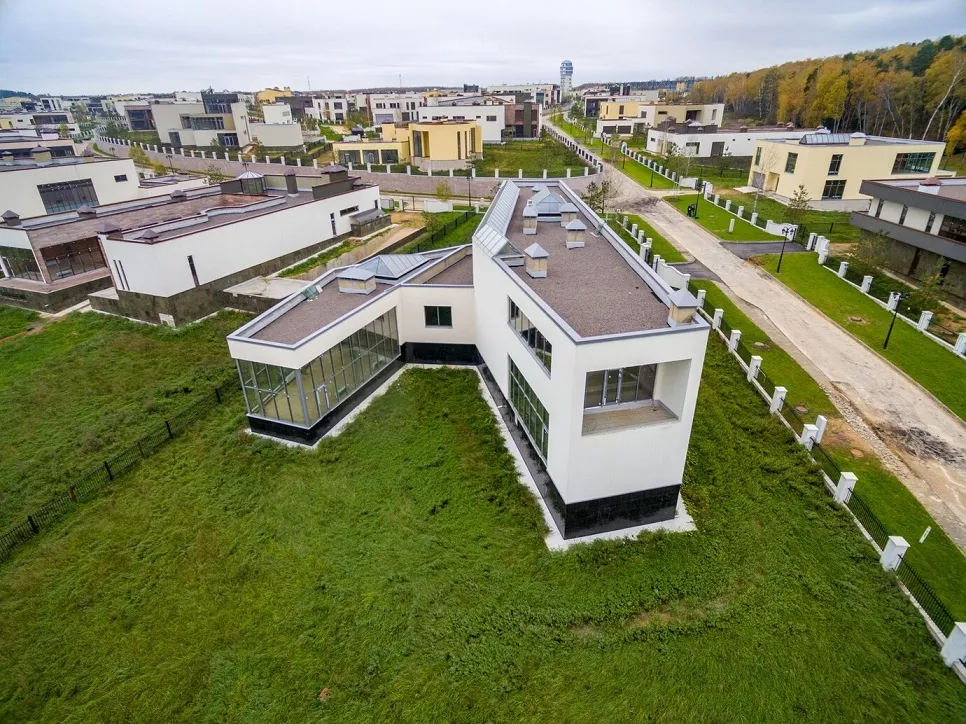In the realm of real estate, the old adage “location, location, location” has long been recognized as a fundamental truth. Indeed, the importance of location cannot be overstated in the valuation and desirability of a property. Whether it’s a residential home, commercial space, or investment property, the geographical setting plays a pivotal role in determining its worth and attractiveness to potential buyers or tenants. This essay explores the multifaceted significance of location in real estate, encompassing factors such as accessibility, amenities, neighborhood dynamics, and economic trends.
Accessibility and Convenience:
One of the primary factors that contribute to the value of a property is its accessibility. Proximity to essential amenities such as schools, hospitals, shopping centers, and transportation hubs significantly enhances the convenience and quality of life for residents. Properties located in close proximity to major highways, public transportation routes, or airports are particularly sought after due to the ease of commuting and accessibility to employment centers. In urban areas, where time is often of the essence, properties with convenient access to public transportation or within walking distance to amenities command premium prices.
Amenities and Lifestyle:
Beyond basic necessities, the availability of recreational facilities, parks, cultural institutions, and dining and entertainment options greatly influences the desirability of a location. Neighborhoods with vibrant social scenes and a diverse array of amenities tend to attract a more affluent demographic and experience higher property values. For example, waterfront properties or those nestled in scenic surroundings offer residents not only picturesque views but also access to recreational activities such as boating, hiking, or biking, thereby enhancing their overall quality of life.
Neighborhood Dynamics and Community:
The character and dynamics of a neighborhood play a crucial role in shaping its appeal to potential residents. Factors such as safety, cleanliness, and community engagement contribute to the perceived value of a location. Well-maintained streets, low crime rates, and active neighborhood associations foster a sense of security and belonging among residents, thereby enhancing the attractiveness of the area. Additionally, neighborhoods with strong social ties and a sense of community often experience higher levels of property appreciation, as residents are more inclined to invest in maintaining and improving their homes.
Proximity of Schools:
For families with children, the quality of local schools is a paramount consideration when choosing a place to live. Properties located within the boundaries of reputable school districts are in high demand, as parents prioritize their children’s education and future prospects. Consequently, homes in top-rated school districts command premium prices and tend to hold their value better over time. Real estate developers and investors recognize the significance of school quality in driving demand and often capitalize on this by strategically acquiring land in areas with highly regarded educational institutions.
Economic Trends and Development:
The economic vitality of a region significantly influences the real estate market, as it directly impacts factors such as employment opportunities, wage growth, and consumer confidence. Locations experiencing robust economic growth and job creation typically see an influx of residents seeking employment and better prospects. Consequently, real estate markets in these areas tend to be buoyant, with rising property values and strong demand for housing. This trend is very apparent in the key cities of Lagos, Abuja and Port Harcourt in Nigeria. These areas have the highest number of listed properties for sale or rent in Nigeria.
Conversely, regions grappling with economic downturns or stagnation may experience declines in property values and increased vacancy rates, highlighting the intimate link between location and economic fundamentals.
Environmental Considerations:
In recent years, environmental factors have become increasingly important in real estate decision-making. Climate change, natural disasters, and environmental degradation have heightened awareness of the risks associated with certain locations. Properties situated in flood-prone areas, wildfire zones, or areas susceptible to other natural hazards may face challenges in attracting buyers or securing insurance coverage. Conversely, eco-friendly and sustainable developments, such as smart buildings or properties with energy-efficient features, are gaining traction as environmentally conscious consumers prioritize greener living options.

Be First to Comment